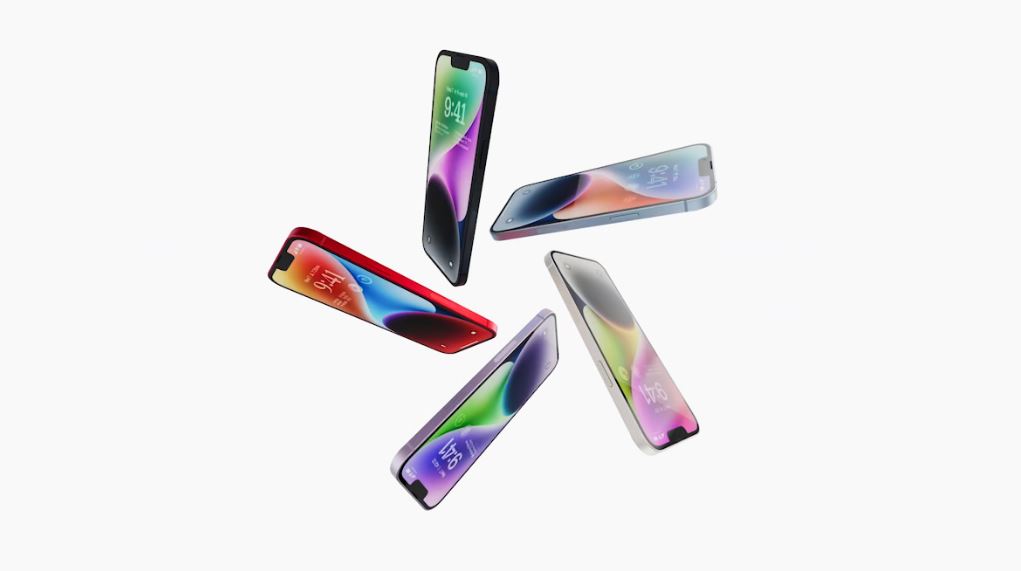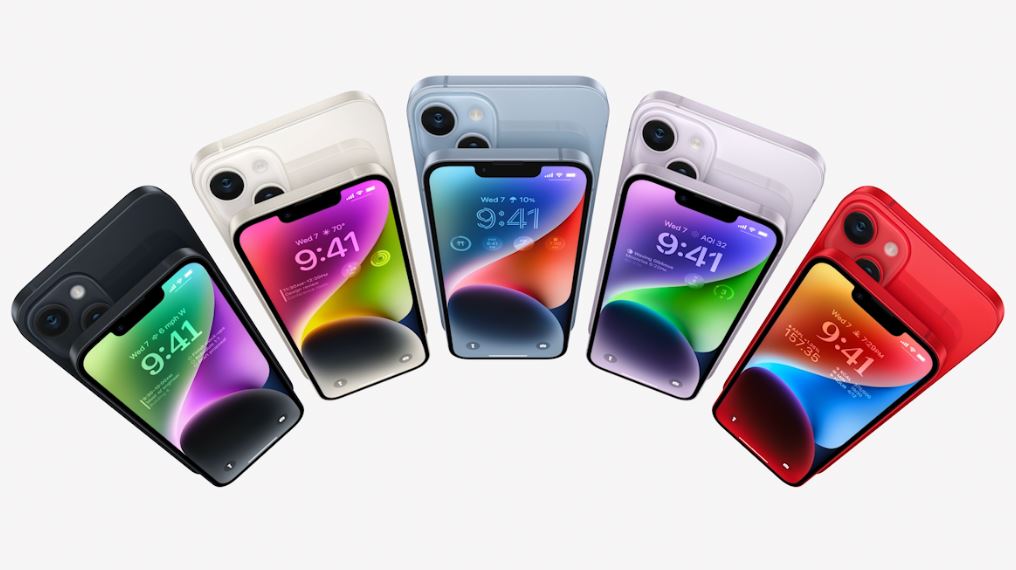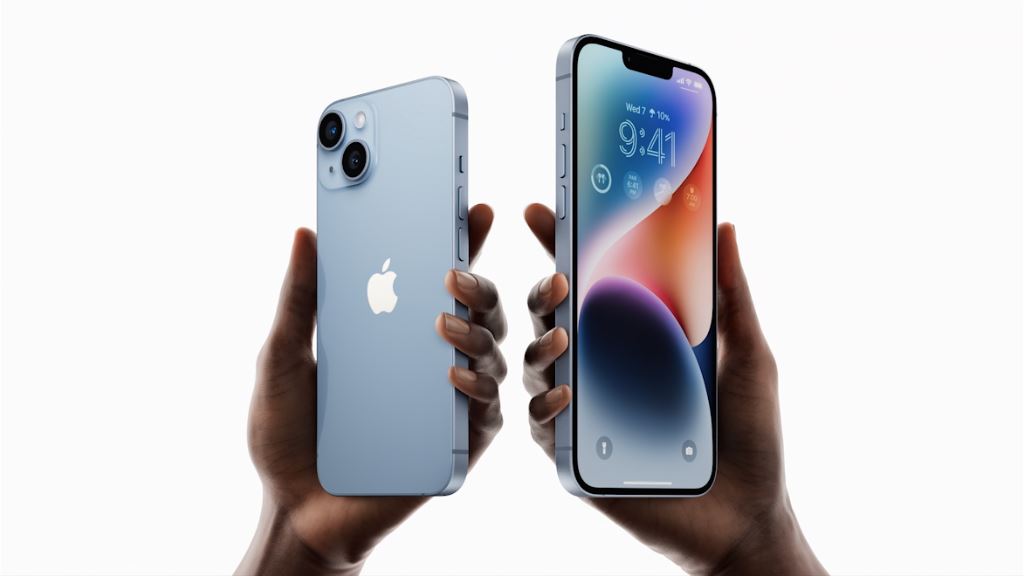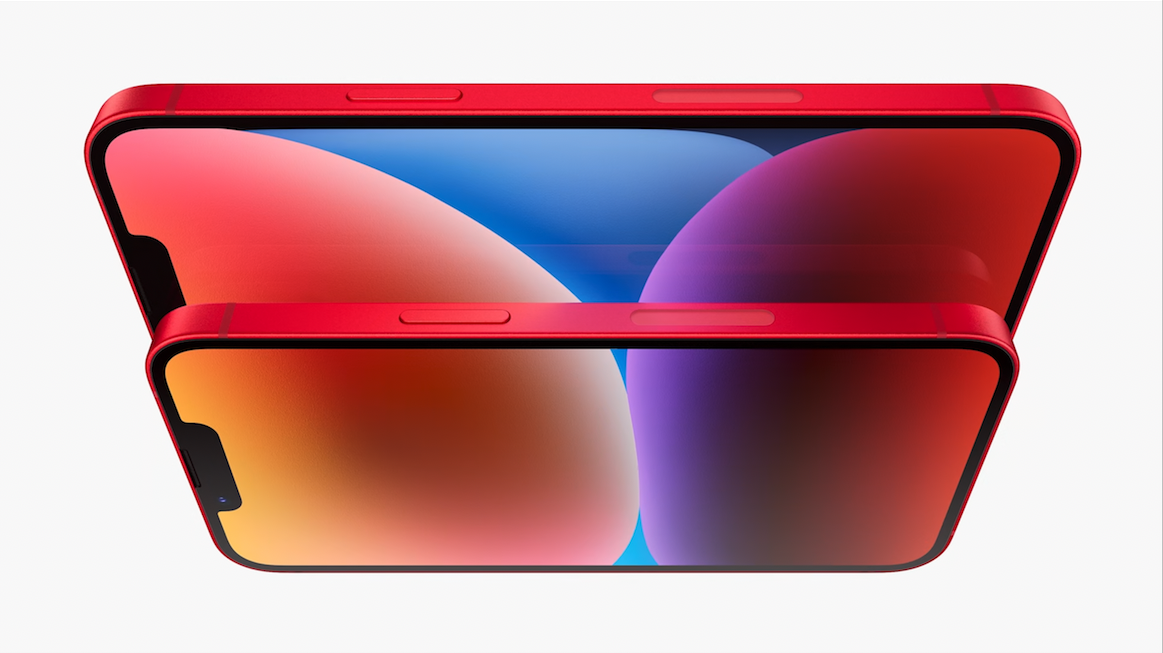Why iPhone 14 overlooking 120Hz is its biggest disappointment
Picture quality’s single biggest upgrade is getting left on the table

iPhone 14 is here, or at least it will be soon. As expected, the new iPhone comes with familiar hardware upgrades, improvements to its camera, and slight adjustments here and there that we tend to see with each iPhone revision.
But that crack team of California engineers left something out: 120Hz support. Yep, that’s right, it’s all about that sweet, sweet hertz. It's about framerate. Now, not a lot of people think about their phone’s refresh rate, even gamers who would benefit the most from thinking about that – it’s true.
However, I humbly submit to you, dear reader, that this phenomenon comes down to marketing and is not because this kind of upgrade isn’t worthwhile. Big tech often doesn’t push high-refresh-rate displays on people, most especially in the world of mobile phones, because there’s this idea that they’re hard to justify and the benefits are intangible, which just isn’t true.
So, sit back, crack open a cold one, and let me sing for you the song of the high-refresh-rate display and tell you why I think you should be getting 120Hz support if you’re spending money on a significantly priced smartphone in 2022.
- Here's everything you need to know about iPhone 14
Picture quality’s single biggest upgrade is getting left on the table

Gen-on-gen, the current year’s iPhone almost never looks that different from last year’s iPhone. Even with the display upgrades iPhones continuously get over the years, chances are when you get to your iPhone’s home screen for the first time it’s going to look and feel pretty much like it did the last time.
Yes, booting up a high-resolution HDR movie on iPhone 14 is going to look better than trying the same thing on a much older iPhone, it’s true, but in general, the improvements we get to image quality on iPhone are getting pretty minor as the years go on. Apple has pushed resolution about as far as it can on a screen of the standard iPhone’s size, and with OLED displays, excellent contrast ratios, and HDR support, there really isn’t that much left to innovate on in terms of a standard iPhone’s display.
This isn’t the case with 120Hz, though. This one upgrade radically changes the look and feel of an iPhone, even when you’re just scrolling or navigating around your home screen. Radical may sound hyperbolic, but compared to the kinds of upgrades we’ve been getting, it is a radical improvement.
Get the What Hi-Fi? Newsletter
The latest hi-fi, home cinema and tech news, reviews, buying advice and deals, direct to your inbox.
We, as a society, tend to think about image quality in terms of characteristics like brightness, contrast, detail, saturation, vibrance, sharpness and the like, and we tend not to think too much about the quality of an image in motion, which is largely how we interact with digital content. Usually, when using a screen, something's moving on it, so how good it all looks in motion matters.
With a traditional 60Hz display, like the one on iPhone 14, blur is just a fact of life. Scroll down on your favourite social media app (or on the What Hi-Fi? site, of course) and you’ll see it: text smudges, clarity is lost, and really, what you’re looking at has to be mostly still for you to be able to make it out easily.
Now, is that a big deal? Well, is it a big deal that dark parts of a display are, like, super dark and the bright parts are, like, super bright? Is it a big deal that pixels on your display can shut themselves off for extra black blacks? The answer to all of these questions can go either way depending on preference, but few dispute improvements to image quality when it’s HDR or OLED tech being discussed.
120Hz, on a fundamental level, massively increases clarity, detail, and sharpness at just about all times when using a phone. And even if, like all the other high-end display technologies that get inserted into phones, it may not be something that you really need in some sort of immediate way, it is an immediate upgrade.
It just feels weird to me to not get excited for such a big improvement when Apple's been pushing small, incremental improvements for years with iPhone, most especially in terms of its display, all of which the general consumer seems happy enough to exchange their hard-earned cash for.
- Check out all the specs and details of iPhone 14 Pro and Max
Remember when we all wanted snappy smartphones?

For the better part of a decade, the snappiness factor was a big deal in the world of phones. How smooth was it? Was it nice and responsive, or did it chug and stutter? iPhones were especially good at feeling snappy, while for a long time, Android phones struggled to feel as refined and elegant as an iPhone.
As mobile processors have gotten exponentially more powerful, though, the snappiness factor has become much less of a selling point, because when you have modern 4-core (and up) CPUs in your phones, well, browsing the internet completely smoothly is a pretty trivial task for the hardware on offer. It's just not particularly impressive if your phone is smooth when most phones are.
But none of this means people don’t appreciate responsiveness, smoothness, or snappiness. They do, everyone does. Enter 120Hz. Use a 120Hz phone for just a few minutes, then go back to your average smartphone. The snappiness quotient changes massively. It’ll likely feel like as big a difference as going from a budget smartphone to a flagship one today.
Now, look, the nerds and I can (and will) argue till the end of time about what level of responsiveness is enough responsiveness, but 60Hz is very much the past, and 120Hz (and higher) displays are undoubtedly and inevitably the future of essentially any tech with a display. Look at PCs, where now the recommendation is usually to get a 120Hz/144Hz display no matter what you do because, well, it’s just a lot nicer to use a computer that feels responsive and doesn't blur as much in motion, especially when it comes to text. Plus, these kinds of monitors aren't expensive anymore.
Whether it’s a game console, a TV, a computer, or a phone, high refresh-rate displays are proliferating the market faster than 8K ever will, and that’s no snake oil: that’s not 3D TVs or HD-DVD, it’s OLED and it’s Blu-ray. The question of if we ought to make our displays less blurry and more smooth has been answered.
So, I’m just wondering, why is the iPhone 14 still so stuck in the past?
Okay, but… do I actually need a 120Hz iPhone?

No, you don’t. But you didn’t need iPhone 14's Super Retina XDR display, either. Humanity, surprisingly, did manage to survive for quite some time before we got our hands on these technologies, but talking about 'need' here misses the mark.
In the world of consumer tech, it's not about fulfilling a desperate need, it’s about making life better and making it easier. If you can do that without charging a firstborn, then why wouldn’t you, and who wouldn't want that?
It’s true that in a 60-second ad it’s way harder to explain or even show the benefits of a 120Hz display, and it’s also true that since 60Hz has been historically the dominant refresh rate (and no, we’re not getting into an NTSC vs PAL debate here), many will be comfortable and feel fine with lower refresh rates, especially on a phone, which includes some of us at What Hi-Fi?.
But everyone was comfortable with VHS before DVD. We were comfortable with The Oregon Trail before The Last of Us. Steve Jobs talked about this paradox, acknowledging that “Some people say, ‘Give the customers what they want’” before going on to argue that “[Apple’s] job is to figure out what they’re going to want before they do.” Steve quoted Henry Ford as saying, “If I’d asked customers what they wanted, they would have told me, ‘A faster horse!’”
120Hz is just better than the alternative, and if iPhone is truly about world-class design and providing the absolute best experience for customers, 120Hz support would be here with iPhone 14. Unfortunately, it’s not, and many by no fault of their own roll their eyes at what will be an exciting step forward.
It may not make sense for you to spend the extra cash on an even more expensive iPhone 14 to get that beautiful 120Hz support, and that’s okay, but as the years go on and 120Hz becomes the standard, all I ask is that you don’t close yourself off to it, don’t assume it’s another passing fad or meaningless upsell.
See you in the glistening, buttery-smooth 120Hz future.
MORE:
Check out our comparison between iPhone 14 and iPhone 14 Pro
As well as if you should buy an iPhone 14 over an iPhone 13
And if the new AirPods Pro should be worth buying
Ruben is a long-time freelance consumer technology and gaming journalist, and was previously a Staff Writer at What Hi-Fi?. Since 2014, Ruben has written news, reviews, features, guides, and everything in-between at a huge variety of outlets that include Lifewire, PCGamesN, GamesRadar+, TheGamer, Twinfinite, and many more. Ruben's a dedicated gamer, tech nerd, and the kind of person who misses physical media. In his spare time, you can find Ruben cooking something delicious or, more likely, lying in bed consuming content.
-
Radaos 120hz refresh means taking a huge hit to battery life. I switched my Samsung S21 to 60hz.Reply

